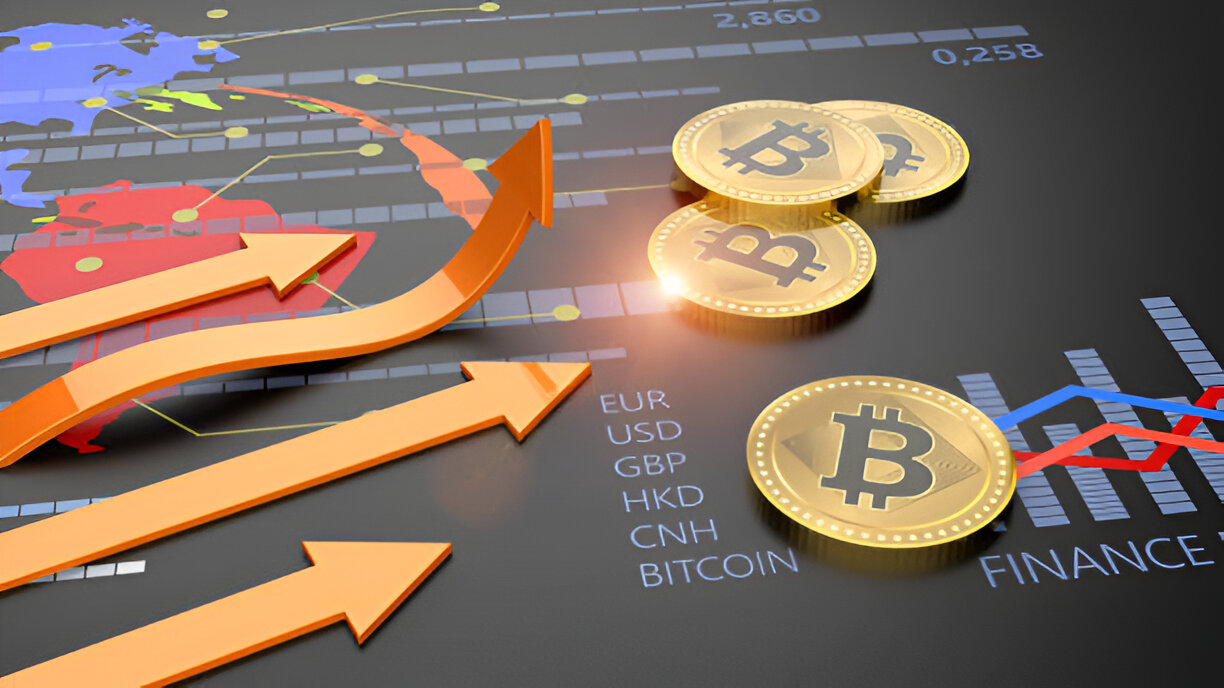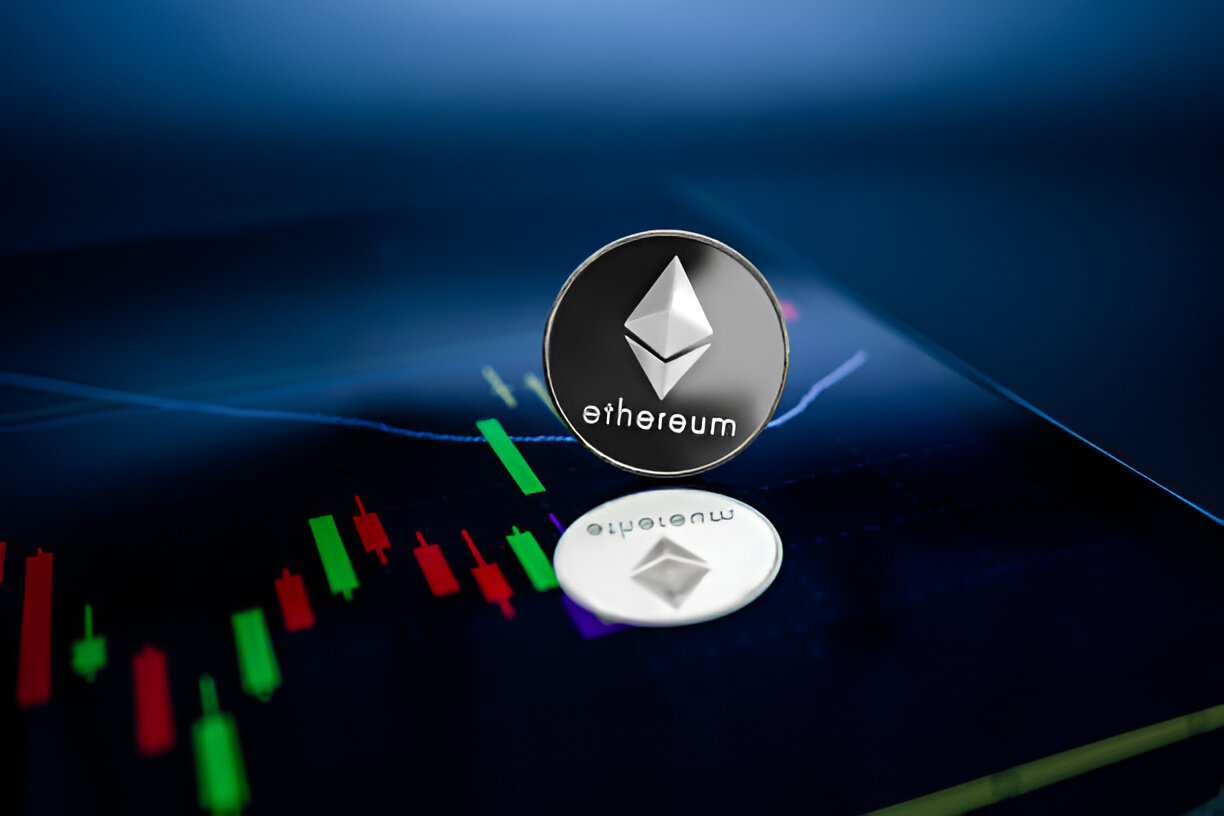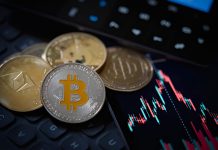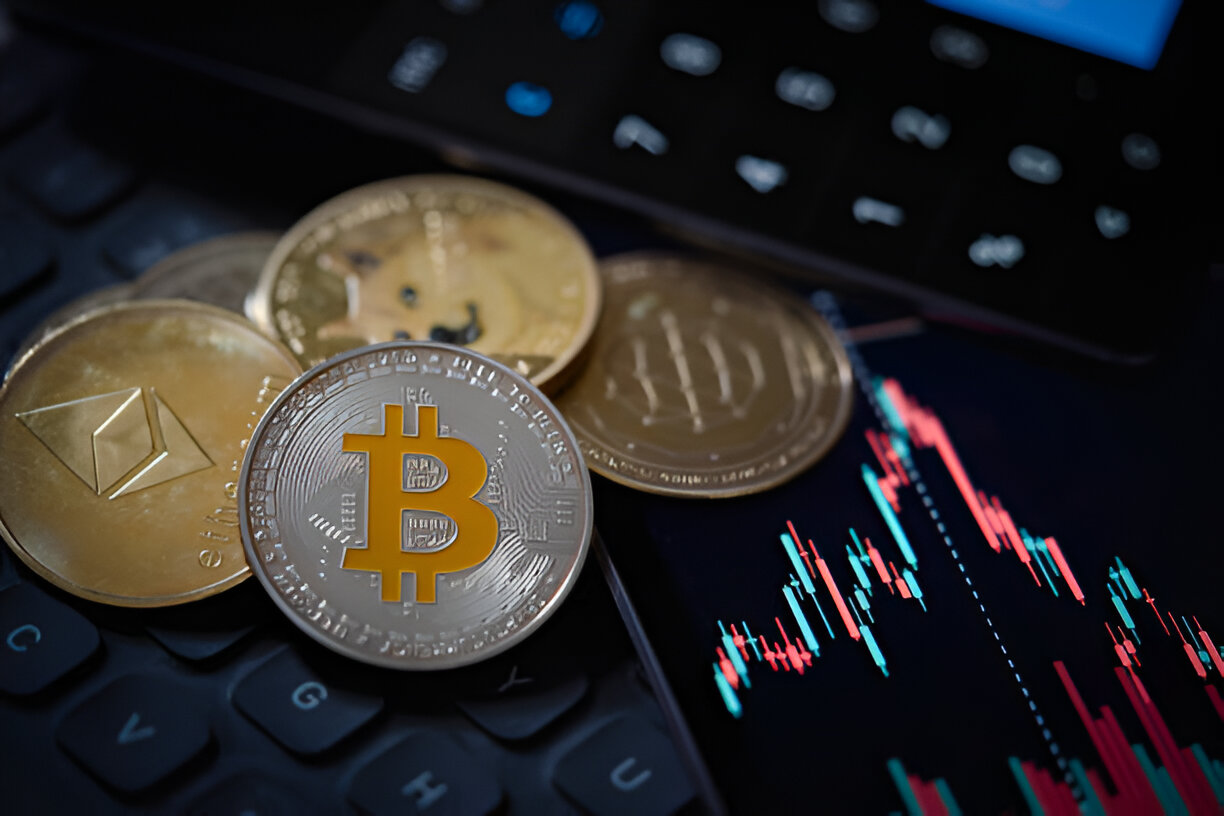The first quarter of 2025 has been anything but quiet in the cryptocurrency world. As blockchain technology continues to mature and governments worldwide sharpen their focus on regulation, Bitcoin and other major digital assets have seen significant shifts in both price and adoption. From institutional movements to tech upgrades and legal developments, Q1 has laid the groundwork for what could be a pivotal year in crypto history.
Bitcoin’s Steady Climb and Volatility

Bitcoin, the flagship cryptocurrency, entered 2025 with strong momentum after ending 2024 on a high note. In January 2025, Bitcoin surpassed the $100,000 mark for the first time since early 2022, driven by optimism surrounding new institutional products and broader economic recovery.
Bitcoin closed the first quarter at around $82,560, marking a drop of more than 20% from its all-time high of $108,000 reached in December 2024. Despite the decline, the leading cryptocurrency continued to show solid on-chain fundamentals. While this range signaled healthy consolidation, the market remains sensitive to interest rate announcements, inflation data, and investor sentiment.
Ethereum’s Momentum and Network Upgrades
Ethereum failed to break through the $2,550 resistance and began a fresh decline, mirroring Bitcoin’s movement. The price dropped below key support levels at $2,500, $2,450, and $2,320, eventually hitting a low of $2,251. Although there was a slight recovery above the 23.6% Fibonacci retracement level, ETH remains under pressure. It is currently trading below $2,450 and the 100-hour simple moving average (SMA), with a bearish trend line capping gains near $2,390.

One of the biggest stories for Ethereum in Q1 was the continued rollout of Ethereum 2.0 upgrades. The most recent update, dubbed “Pectra,” focused on reducing transaction latency and further scaling the network.
Altcoin Highlights: Solana, XRP, and Avalanche
While Bitcoin and Ethereum continue to dominate headlines, several altcoins also made headlines in Q1 2025.
Solana (SOL) gained renewed attention after a strong developer push and a revival of its ecosystem. Despite past concerns over network outages, the Solana blockchain experienced increased adoption in gaming and DeFi applications, helping the price climb back above $130 for the first time in over a year.
XRP continued its legal tug of war with the SEC but saw price appreciation after a federal judge ruled partially in Ripple Labs’ favor regarding institutional sales. This ruling has encouraged optimism among XRP holders and renewed confidence in Ripple’s global payments use case.
Avalanche (AVAX) also gained traction with enterprise partnerships and new integrations across decentralized finance. AVAX ended Q1 trading around $20.89, buoyed by momentum in tokenizing real-world assets—a theme gaining traction across the crypto industry.
Regulatory Landscape and Global Developments
Crypto regulation remained at the forefront in Q1 2025. In the U.S., the Securities and Exchange Commission (SEC) and the Commodity Futures Trading Commission (CFTC) both continued to assert their roles in overseeing crypto assets. Though no final federal framework was passed, a bipartisan crypto bill advanced in the Senate, signaling growing political will to establish clearer rules.
Institutional interest in crypto remained strong throughout the first quarter of 2025. The biggest news was the approval of multiple Bitcoin spot ETFs in the U.S., which went live in January and saw significant inflows from wealth managers and retirement funds. This move is widely seen as a turning point in the crypto industry’s journey toward mainstream adoption.
Meanwhile, the European Union has officially implemented its MiCA (Markets in Crypto-Assets) regulation, providing crypto firms with a standardized legal framework across all member states. This move has already encouraged U.S. and Asian exchanges to set up European operations to tap into a newly regulated market.
In Asia, Hong Kong and Singapore continued to position themselves as crypto hubs, offering favorable licensing regimes for exchanges and Web3 startups. China, however, maintained its ban on crypto trading, focusing instead on its centralized digital currency, the digital yuan.
Latin America also made headlines, with Argentina and Colombia exploring ways to integrate stablecoins into their national payment systems due to concerns about inflation and fiat devaluation.
Conclusion
The first quarter of 2025 has been a dynamic period for the cryptocurrency industry. Bitcoin held firm in a key price range while Ethereum made progress on its scalability goals. Altcoins like Solana and XRP showed resilience, and although regulatory progress was slow, it signaled growing global acceptance. Perhaps most importantly, institutional participation has deepened, suggesting that digital assets are becoming a permanent fixture in modern finance.

















